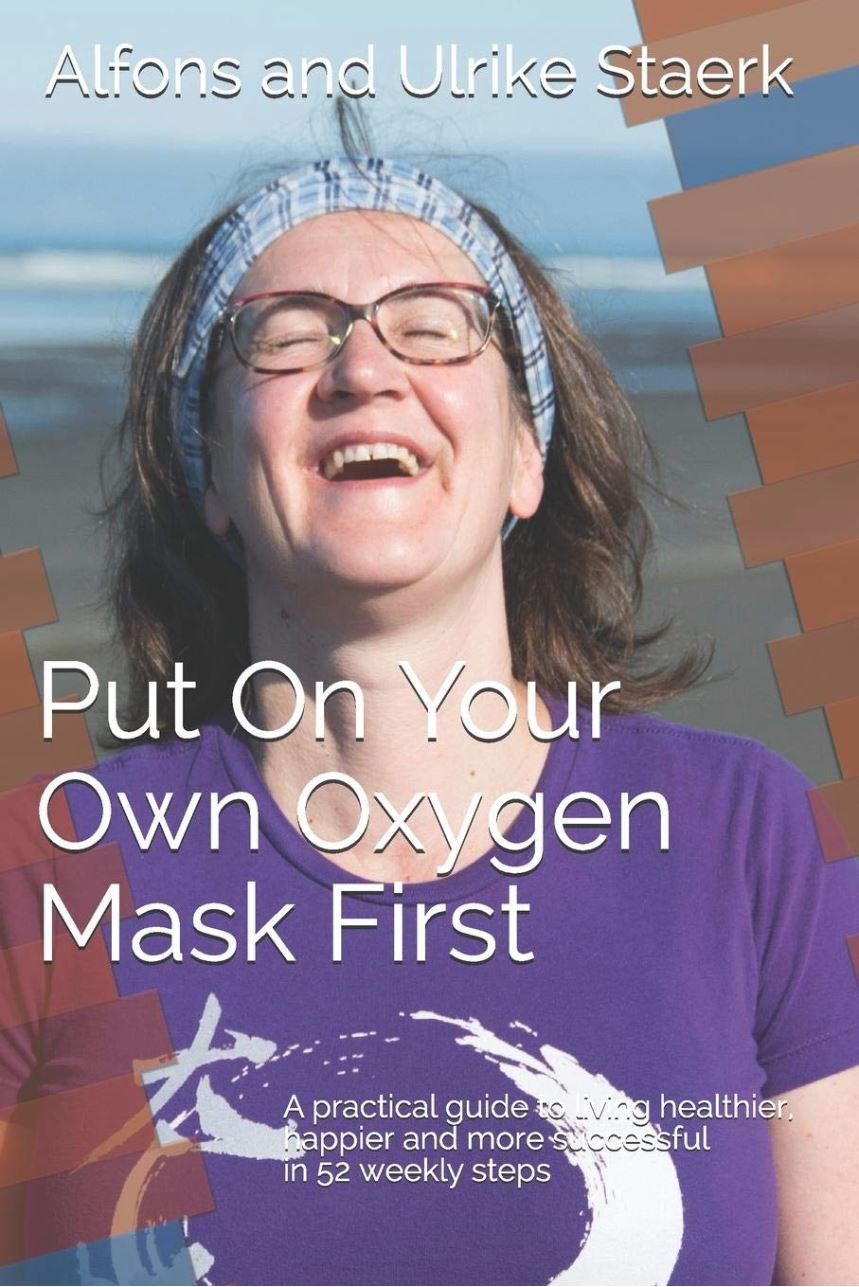
I was recently asked: “How do you optimize your productivity hours?”
My answer was clearly not what the person had expected: “You don’t. You optimize your impact!”
When we think about productivity, we often look at the wrong metric: the hours spent and the effort taken, not the output and impact of what we did. However, how busy we felt or how hard it was, doesn’t matter with regards to our productivity. We can be very busy, work extremely hard, and still not achieve anything.
Therefore, “hours” is the wrong metric. It’s not about the hours we spend and the effort we put in – it’s about the output, deliverables, and impact we achieve through our work. So the real question is: “How do we maximize the output and impact we have?”
The answer is to put our energy to its best use, invest our time where it matters most, and keep ourselves healthy and balanced so that we can operate at peak performance for those deliberately selected areas.
Three simple shifts in your mindset will get you there:
Focus on the things that matter most
Invest your time where you get the most bang for the buck. Don’t spend all your time in “busy work” – it’s easy to fall into that trap as we feel so accomplished if we were busy with lots of stuff all day.
Instead, we need to develop the discipline to look hard at the impact of our actions and have the courage to say “No” if some work and priorities don’t make sense.
Of course, we also need to communicate early, proactively, and clearly to our stakeholders if we decided to deprioritize a given task. No surprises!
Remove distractions
Multitasking doesn’t work – period. As endless studies have shown, multitasking doesn’t work for anything that requires our conscious focus on two things at a time. You can brush your teeth and reminisce about your day – however, you cannot solve a logical problem and check your email simultaneously. The switching cost to get back on task after an interruption (multitasking) is surprisingly high – often up to 20 mins.
Knowing that every distraction can cost you up to 20 mins of your focused time, you need to eliminate all distractions. Switch off notifications, don’t have email counters on your phone, kill all notification sounds or pop-ups – better even, close all apps aside from the one you need for your current task and put your phone on mute. Don’t even listen to music; our brain immediately zeros in on the lyrics – if we like it or not (white noise is ok).
Allow your brain to get into “the zone”, find your “flow” and be sharp, focused, and effective. When you’re done, you can leave “the zone” and follow distractions for a little while.
Protect your recovery times
The third piece of advice actually does go towards optimizing your productivity hours (although that’s not my primary purpose): ensure that you can be at your A-game when you’re on task.
You cannot be the best version of yourself if you worked through the night or weekend and come into the office already exhausted in the morning. Take your breaks, take time to recharge, don’t push beyond the point where you are focused and effective. You need to recharge, you need to balance, you need to come back the next day with your A-game.
Observe yourself and your focus and notice the point where you aren’t productive anymore. I learned that it is better to call it a day then, rather than trying to push through a little more – most times, your work will get sloppy and faulty when you get tired, and you will spend more time cleaning up the mess you created than if you had just waited for the next day. Trust me, I’ve been there many times.
Did you like this post? Want to read more? Check out our newest book!

Thriving in High-Pressure Environments
Lessons from Amazon, a global pandemic, and other crazy times
By Alfons and Ulrike Staerk
ISBN 9798718017663
Find it on Amazon: Paperback, Kindle
If you like what you’re reading, please consider leaving a review on Amazon. If you don’t like it, please tell us what we can do better the next time. As self-published authors we don’t have the marketing power of big publishing houses. We rely on word of mouth endorsements through reader reviews.
















